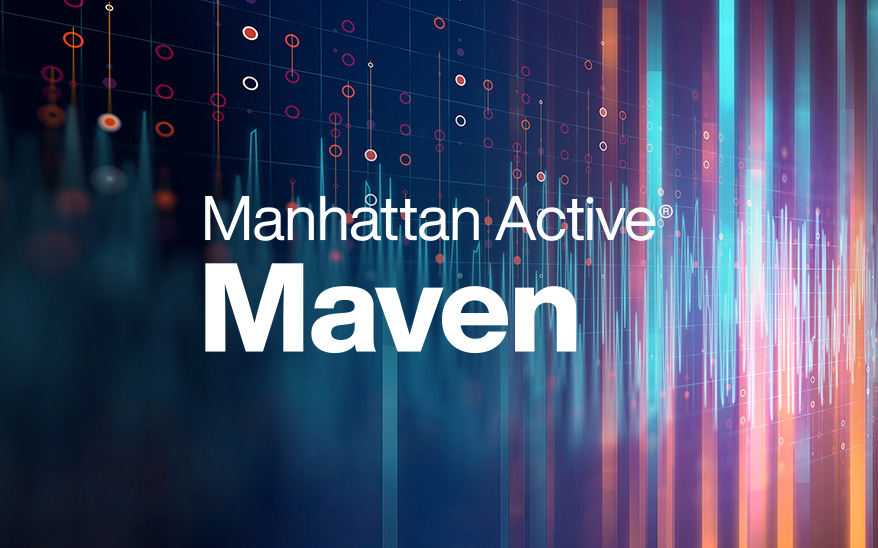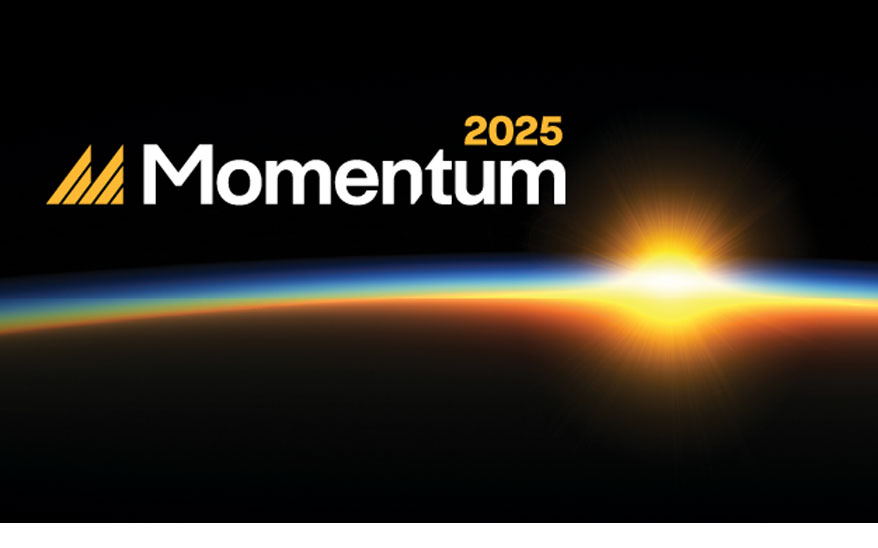Elevate Your Supply Chain With Intelligent TMS Visibility
- July 16, 2021
- By Jim Romeo

In an increasingly globally competitive environment, supply chain visibility is the key to understanding what is happening across networks. As a result, organizations worldwide have redirected focus on platforms and initiatives that focus on visibility as core to their strategic business priorities.
At its recent Momentum Connect event, Manhattan Associates hosted a transportation management system (TMS) roundtable discussion, chaired by Bart De Muynck, Gartner’s preeminent TMS expert, that focused on the topic of supply chain visibility and its ever-growing importance.
Advanced Insight
Visibility platforms collect data and provide advanced insight into the end-to-end supply chain to help improve decision-making. Customers and brand owners demand better visibility as the customer experience is now front and center for enterprises. More accurate delivery dates and times can be specified to provide customers greater confidence in their supply chains and optimize their planning.
In addition to outbound processes where customers request accurate and real-time information such as estimated time of arrivals, brand owners are also looking at inbound processes to ascertain the same information to better plan the yard, the warehouse, and ultimately their production schedules.
Rob Schaefer says that “visibility is great, but it is important to be able to react to it. When a TMS platform can link to another platform, such as FourKites', it multiplies the capability to gain insight and attain visibility and control of your supply chain. We want to pull as much visibility into our TMS platform because that's where the execution is done and you turn data into actionable insight."
Explaining what this means in the context of Manhattan’s broader view of supply chain visibility, Schaefer notes: “The latest TMS product announcement in combination with our already leading WMS solution means visibility across every single supply chain scenario, inbound our outbound. With Manhattan Active Supply Chain, users now have actionable insight from the vendor on the way into the warehouse out the other side and to the final destination.
“Both transportation and distribution planners have access to instantaneous views of what is happening and can take action directly in the application. This allows the warehouse to better plan labor and schedule appointments knowing if shipments are on time, while transportation planners use real-time knowledge of what is happening in the warehouse to take appropriate action as needed.”
Managing Disruptions
Schaefer says that in addition to defining visibility, the Manhattan TMS platform moves beyond traditional visibility that only answers the question of where a shipment is in motion. New advancements include capacity for external measures that could affect shipments, such as weather. "We want to pull all aspects of visibility into the platform, to be able to plan more efficiently and execute more efficiently. More importantly, we want our customer to be able to react to any potential disruptions within their network," he adds.
Office furniture manufacturer Haworth has a customer base that consists of its end users, but also operates through a dealer network. Crystal Feasby, a Haworth transportation manager, says the company’s technological journey towards supply chain visibility was challenging at first.
"When our product delivers to our customers, it could be to a dealer warehouse, or it could be to a job site where individuals like in cell crews are waiting," she explains.
"Maybe we've arranged for a freight elevator; maybe we've closed off a road to be able to unload a truck. When you talk about that close coordination, things like 15 minutes matter and pre-alerts matter. Visibility to what is coming the crew’s way matters more so than it might in some other areas, and we saw that some of our techniques for managing this – like rear-facing reports from carriers – were rather archaic."
Haworth wanted to reap all the benefits that a visibility platform solution could provide, but they needed infrastructure, logistics, technology, and the TMS infrastructure to help support it.
"It was about getting the roadmap defined so that we would have a successful end implementation of a technology provider like FourKites," Feasby says.
Eliminating “Where’s My Truck?”
“As a retail supply chain, our customers are 1,600 plus stores,” explains Craig Byers, director of supply chain compliance for PetSmart. “Prior to FourKites, visibility from a service center perspective, we only communicated to the store."
Now, he says, the feedback from stores is what allows them to schedule within the day, more efficiently. If they adhere to delivery schedules and remain prepared, they can turn, unload the truck and get it onto its next stop.
"We actually tracked the 'where's my truck' phone calls that we would get from our stores," he says. "We were able to reduce our call volume by about 60% into the service center. So, by providing that proactive ETA to the stores, we were able to save labor at our home office, which enabled us to focus efforts elsewhere."
He says that alleviating the truck tracking burden allowed them to redirect their focus to reverse logistics and improve it, subsequently reducing supply chain cost and positively impacting their efficiency.
“Back in 2015, it was a delightful novelty to see your trucks on a map,” says Priya Rajagopal, chief product officer at FourKites. "But now, because you not only expect that you want to be alerted to exceptions way in advance. Customers want to know when it's going to get there, so the predictive ETA matters and it has to be very accurate.
“They expect it to be linked across modes. ‘Don't just tell me when my container is going to get to the port of New Orleans, tell me when it's going to get to my distribution center in Aurora, Ill.’"
Rajagopal adds that customers want to know exactly what's being shipped. She cites the example of ships bottlenecked after the recent accident on the Suez Canal. If you have containers in route, stuck in canal transit, it's important to know the cargo manifest: what's inside the containers, where are they, and what does the delay look like.
Data visibility and the need for cross-platform access across industries has evolved at a very rapid pace over the past five years, and supply chain visibility is a critical concern for organizations today. With the quest for robust and in-depth visibility likely only to increase, technology solutions such as FourKites’ combined with Manhattan Associates’ latest Active transportation management solution are a must for all organizations serious about visibility across their supply chain networks.





